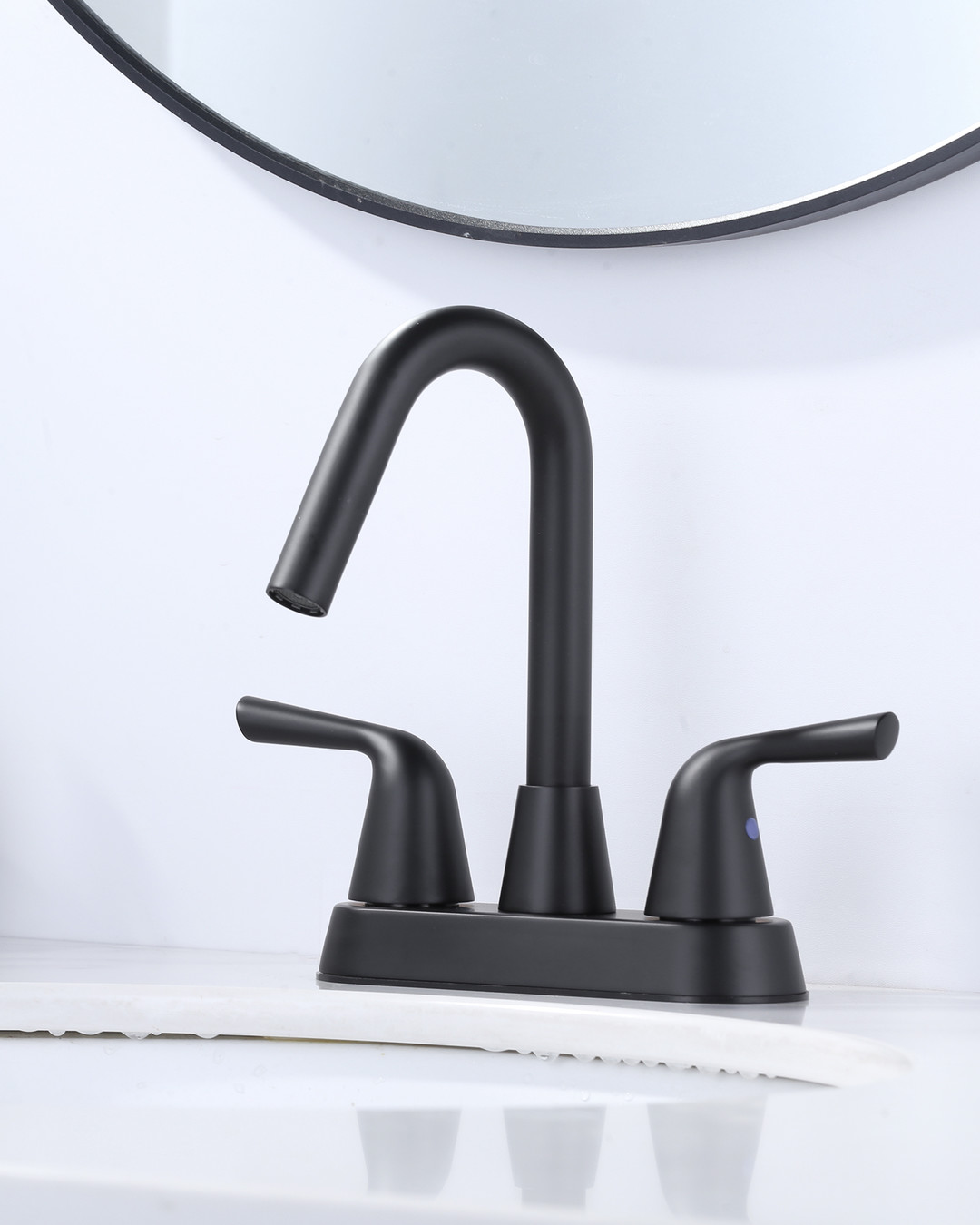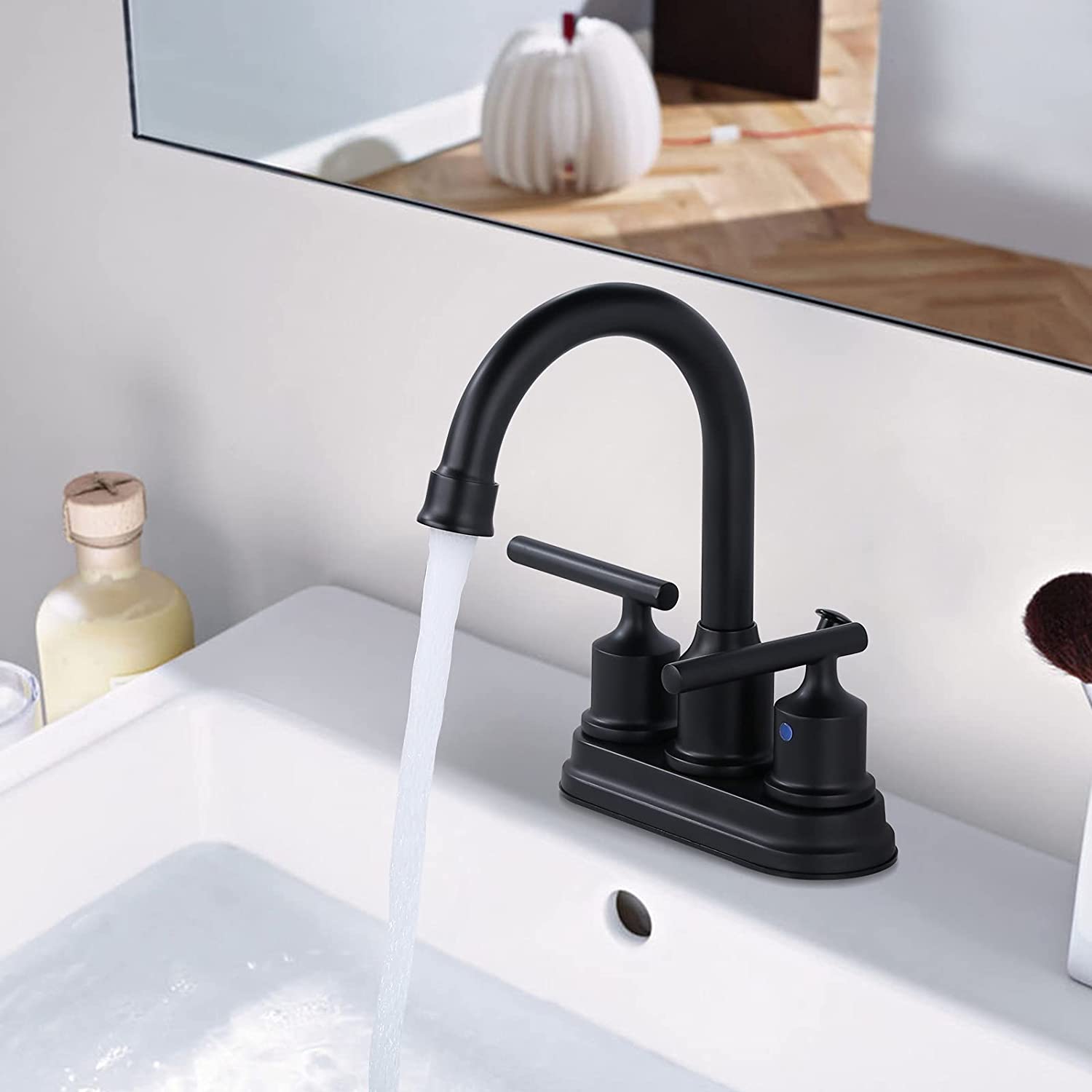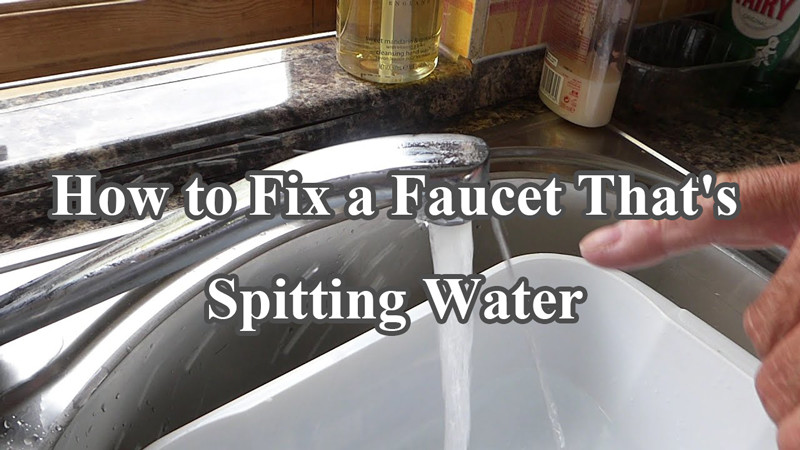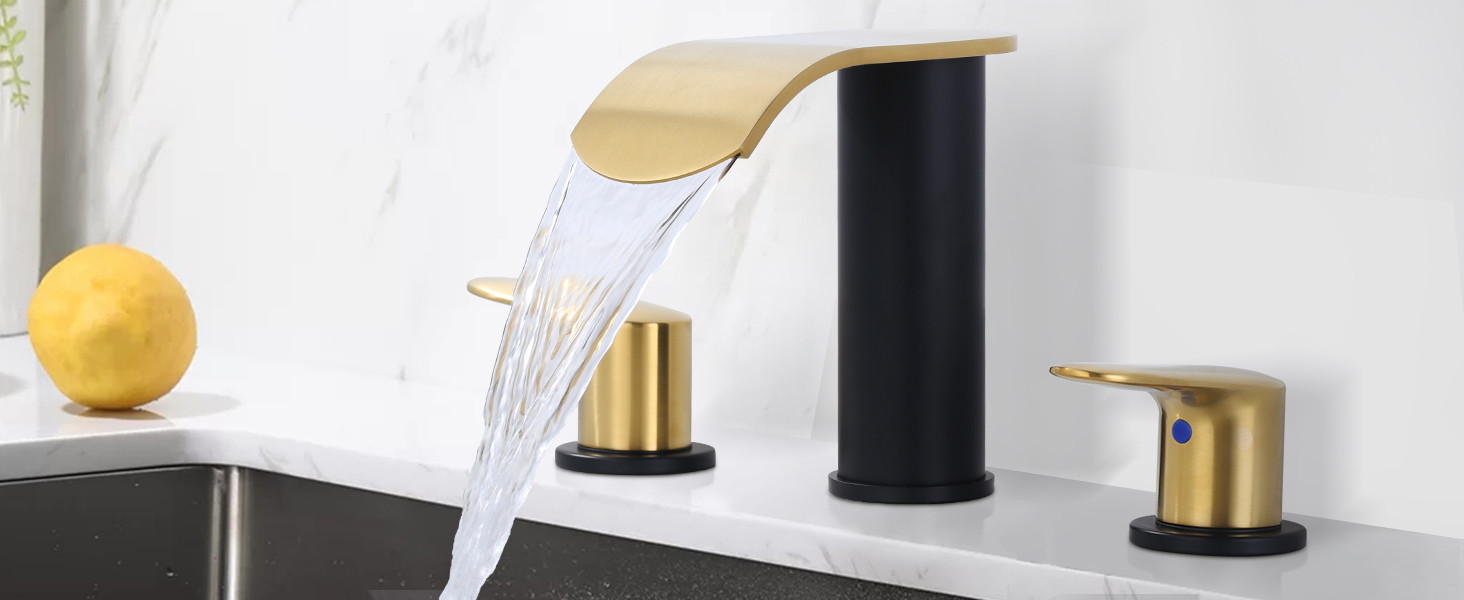A wobbly faucet can be an annoying issue, but fortunately, it’s usually something that can be fixed quickly and easily. Whether you’re dealing with a kitchen, bathroom, or utility sink faucet, a loose faucet not only looks unsightly, but it can also cause further damage to the sink or countertop if left unresolved. In this guide, we will walk you through how to fix a wobbly faucet so you can restore both its functionality and appearance.
Understand the Cause of the Wobbly Faucet
Before diving into the repair, it’s important to understand why your faucet might be wobbly in the first place. A wobbly faucet typically occurs due to one of the following causes:
Loose Mounting Nuts: Most faucets are secured to the sink or countertop using mounting nuts. Over time, these nuts can loosen due to frequent use or the vibrations caused by the water flow.
Worn-Out Gaskets or Washers: The gaskets or washers inside the faucet’s base may wear down or become brittle, which can cause the faucet to become loose.
Corrosion: If the faucet’s mounting hardware has been exposed to moisture for an extended period, it may become corroded and weaken, leading to instability.
Improper Installation: If the faucet was not installed correctly, it might have been loosely mounted from the start.
Once you’ve identified the likely cause, you can proceed with the necessary steps to fix the wobbly faucet.
Gather Your Tools and Materials
To fix a wobbly faucet, you will need a few basic tools. Here’s a list of what you’ll need:
- Adjustable wrench or basin wrench
- Screwdriver (flathead or Phillips, depending on the screws)
- Replacement washers, gaskets, or mounting hardware (if necessary)
- Plumber’s tape (if re-sealing is required)
- Flashlight (optional, but helpful if working under the sink)
Having these tools on hand will make the repair process much smoother and faster.
How to Fix a Wobbly Faucet: A Step-by-Step Guide
1. Turn Off the Water Supply
Before you begin working on your faucet, make sure to turn off the water supply to the faucet. Locate the shut-off valves under the sink (usually near the pipes) and turn them clockwise to shut off the water flow. If you can’t find the individual shut-off valves, you may need to turn off the main water supply to the house.
Once the water supply is off, open the faucet to release any remaining water pressure in the pipes and prevent any accidental water flow while working.
2. Examine the Faucet’s Base and Connections
With the water supply turned off and the faucet exposed, it’s time to examine the base and connections of the faucet. Look for any visible loose parts, such as screws or nuts, that could be causing the wobbling. If you spot any, you can begin tightening them.
Tighten the Mounting Nuts: Use an adjustable wrench or basin wrench to tighten the mounting nuts beneath the sink. These nuts secure the faucet to the sink or countertop. Be careful not to overtighten, as doing so can crack the sink or damage the faucet.
Check for Corrosion: If you see any signs of corrosion around the mounting hardware, you may need to replace the affected parts to ensure a secure fit.
3. Replace the Washers and Gaskets
If tightening the mounting nuts doesn’t resolve the wobbling issue, the problem may lie with the washers or gaskets. Over time, these parts can wear out, causing instability in the faucet. To address this:
Disassemble the Faucet: If necessary, use a screwdriver to remove any decorative covers or handles, exposing the faucet’s internal components. Keep track of the parts you remove to make reassembly easier.
Inspect the Washers and Gaskets: Look for any signs of wear or damage, such as cracks or missing pieces. If you find any, replace them with new ones.
Replace the Mounting Gasket: The mounting gasket is located beneath the faucet’s base and helps to secure the faucet tightly to the sink or countertop. If this gasket is damaged, it may contribute to the wobbling. Replace it with a new one, ensuring it fits snugly in place.
4. Check the Faucet’s Connection to the Water Supply Lines
If the faucet continues to wobble even after tightening the mounting nuts and replacing washers, the connection to the water supply lines may be at fault. Check to ensure the supply lines are properly connected and secure. If they are loose, tighten them with your wrench.
While you’re at it, check for any leaks around the water supply lines or beneath the faucet. If you notice any, it may be a good idea to replace the supply lines or use plumber’s tape to reseal the connections.
5. Reassemble the Faucet
Once you’ve tightened all the connections and replaced any damaged parts, it’s time to reassemble the faucet. Carefully put the faucet handle(s) back in place, and tighten any screws or fasteners that hold them in place.
Ensure that the faucet is properly aligned and sits firmly on the sink or countertop. If the faucet includes any decorative parts, such as a cover plate, be sure to replace them as well.
6. Turn the Water Supply Back On
After reassembling the faucet, turn the water supply back on by opening the shut-off valves beneath the sink. Slowly turn on the faucet and check for leaks, wobbling, or any other issues.
If the faucet remains stable and no leaks are present, congratulations! You’ve successfully fixed your wobbly faucet.
Additional Tips and Troubleshooting
If you’ve followed all the steps and the faucet is still wobbly, consider these additional tips:
Check for Installation Errors: If you recently installed the faucet yourself, it’s possible the installation wasn’t done properly. Double-check the installation instructions to ensure everything was aligned and secured as it should be.
Consider Professional Help: If you’ve replaced all the necessary parts and the faucet still wobbles, it may be time to call a professional plumber. There could be underlying issues that require more advanced repair or replacement.
Conclusion
A wobbly faucet can be a frustrating problem, but with the right tools and a little know-how, you can fix it yourself. By tightening the mounting nuts, replacing worn-out washers or gaskets, and ensuring proper installation, you can restore your faucet to its original stability. Taking care of faucet issues promptly will not only improve the function of your sink but also help prevent more costly repairs down the road.
 WOWOW Faucets
WOWOW Faucets








您好!Please sign in